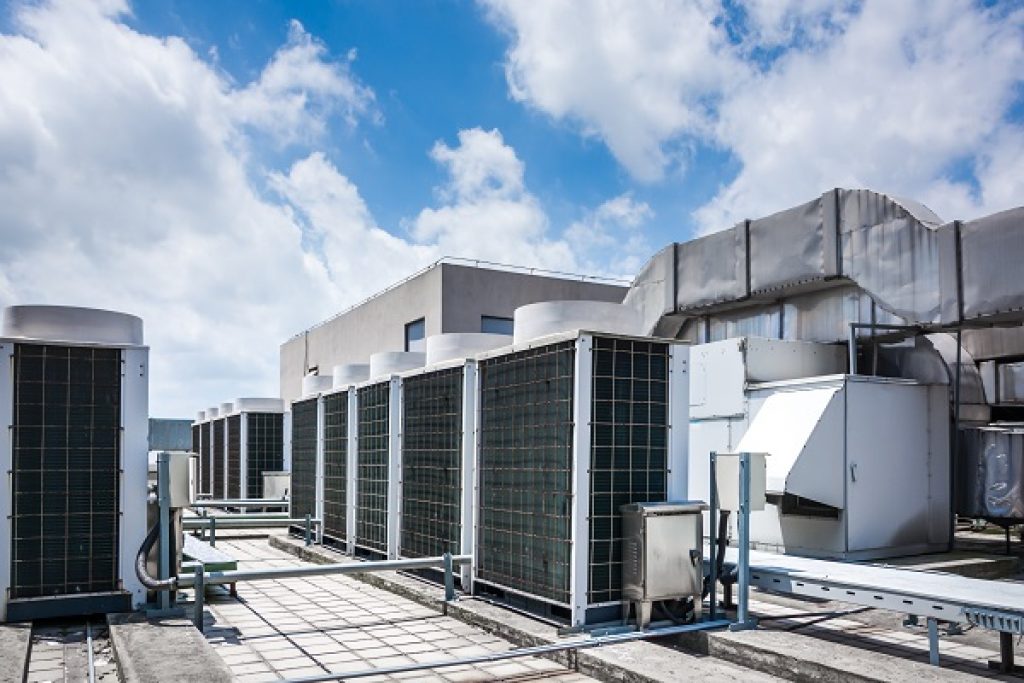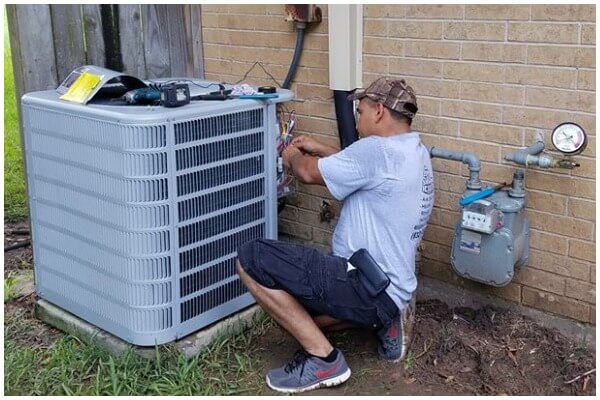Maintaining HVAC systems regularly results in greater energy efficiency and longer system lifespan, translating to reduced utility bills and less emergency repairs for property managers.

Inspect and Clean or Replace the Air Filter
One of the easiest and most beneficial maintenance tasks homeowners can perform on their HVAC systems is changing or cleaning their filters regularly. This simple act can have a tremendous effect on system efficiency and indoor air quality; allowing your filters to become visibly dirty can restrict air flow, put stress on components such as the AC’s evaporator coil or furnace’s blower motor and lead to costly repairs or replacement costs in future.
Switching or cleaning your filter regularly is relatively inexpensive and will significantly decrease the amount of dirt and debris that accumulates over time in your system. This can be the cheapest way to boost your home’s comfort with an HVAC system and keep everyone comfy. Air filters come in various sizes and are classified by what’s known as their “MERV rating”, with higher ratings being capable of trapping smaller particles more effectively than lower ones.
Your HVAC technician can recommend and help install or replace the ideal filter type for your system, making installation or replacement easier than ever before. After placing it, turn on your heating or cooling system and observe while it operates to make sure the new filter remains properly in its place. Also be sure to record the date of installation, setting an alert or reminder in your phone calendar to revisit in three months’ time.
Inspect and Clean the Ductwork
Clean duct systems allow air to circulate freely throughout your home, improving indoor air quality and preventing respiratory or allergy problems while contributing to greater energy efficiency and lower utility bills. As part of HVAC maintenance services, service providers will inspect and clean ductwork to remove dust, debris, or contaminants which can build up over time.
Dirty ducts impede airflow, forcing your heating and cooling systems to work harder to achieve the desired temperature – leading to higher operating costs and increasing operating expenses. That is why annual inspections and cleanings of the ductwork are so essential, helping identify leaks, gaps and clogs which could potentially become significant over time – prompt repair or replacement will prevent expensive system breakdowns down the line.
Long-running ductwork may become worn-down over time and begin to develop cracks and loose joints, leading to air leakage. At HVAC maintenance appointments, technicians will carefully examine all ducts for signs of degradation or air leakage before performing repairs to seal tighter or replace deteriorated sections as necessary.
Inspect and Adjust the Thermostat
Your thermostat plays a pivotal role in maintaining comfort in your home. To make sure it functions optimally, it must be calibrated correctly and operating as intended. During HVAC maintenance services, a technician will inspect and clean the thermostat while looking out for dust accumulation or any potential issues that could impede its functionality.
He will also replace your filter as necessary; according to the US Department of Energy, swapping out an air filter that has become dirty can reduce your AC’s energy use by up to 15%. Condenser coils on outdoor units may become clogged with dirt and debris over time, forcing the system to work harder while using more energy; for this reason, it is vital that this component of your air conditioning unit be regularly checked and cleaned.
Technicians can inspect for leaks in the refrigerant line, heat exchanger, drain pan, capacitor relays and electrical connections as part of an overall HVAC inspection service. Proper functioning HVAC systems can save money and provide comfort throughout your entire home.

Inspect and Clean the Furnace or Boiler
The blower should be free from dirt, which hinders airflow and system balance, with both motor bearings and inducer fans lubricated to reduce friction and wear that causes parts to fail early. An inspection should also be conducted on the heat exchanger to check for cracks that could allow harmful carbon monoxide into your home, along with checking thermostat calibration like this, blower control switch calibration and leakage issues.
An essential aspect of furnace or boiler inspections is inspecting their gas lines and connections. These must be free from leaks and have tight fittings to avoid gas leakage or rupture that could start a fire. Furthermore, any time a flame inside the furnace turns orange or yellow that indicates poor combustion due to too little oxygen availability for combustion process (and possible future gas leakage), immediate action must be taken as this may indicate dirty burners requiring cleaning; and may lead to major issues down the line including gas leaks.
As part of their safety check process, an HVAC technician also inspects gas valves and low water cutoff switches on boilers that are closed properly, and that their low water cutoff switch works correctly. They’ll also perform quality assurance tests such as inspecting high temperature limit controls and pressure relief valves on a boiler system.